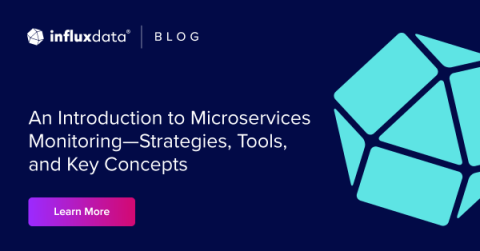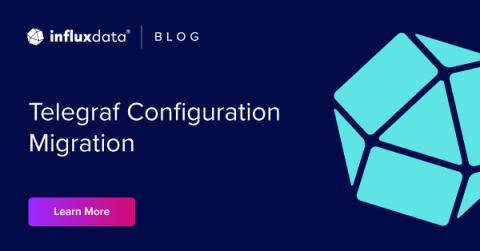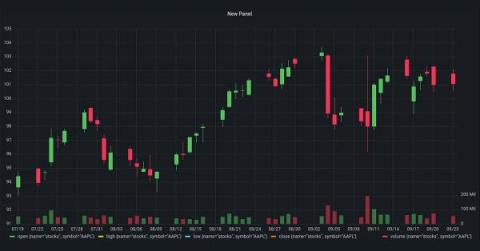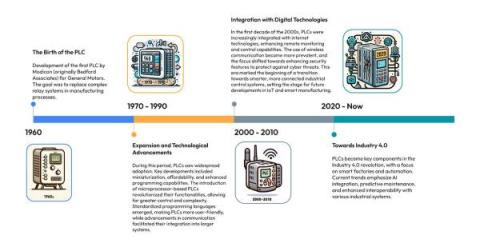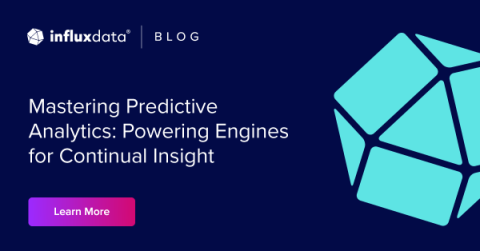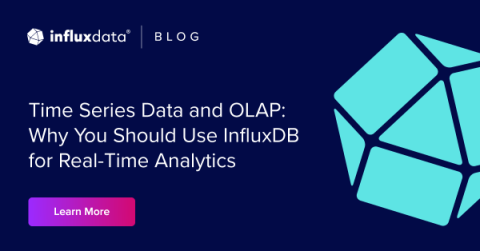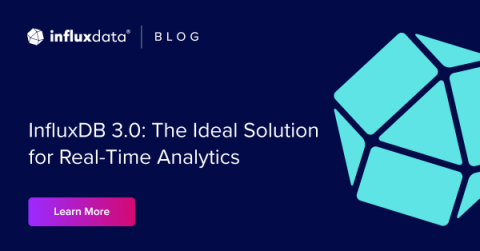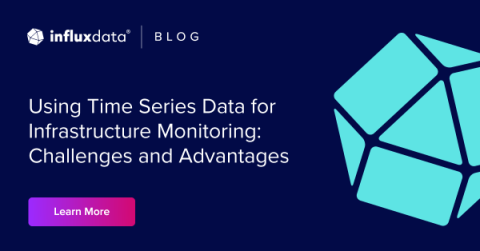An Introduction to Microservices Monitoring-Strategies, Tools, and Key Concepts
Users have higher expectations than ever when it comes to performance and reliability in the apps they use every day. A critical part of meeting these expectations is having a robust monitoring system in place. This article focuses on monitoring applications using a microservice architecture—it will go over key concepts, common challenges, and useful tools every engineer should know.


